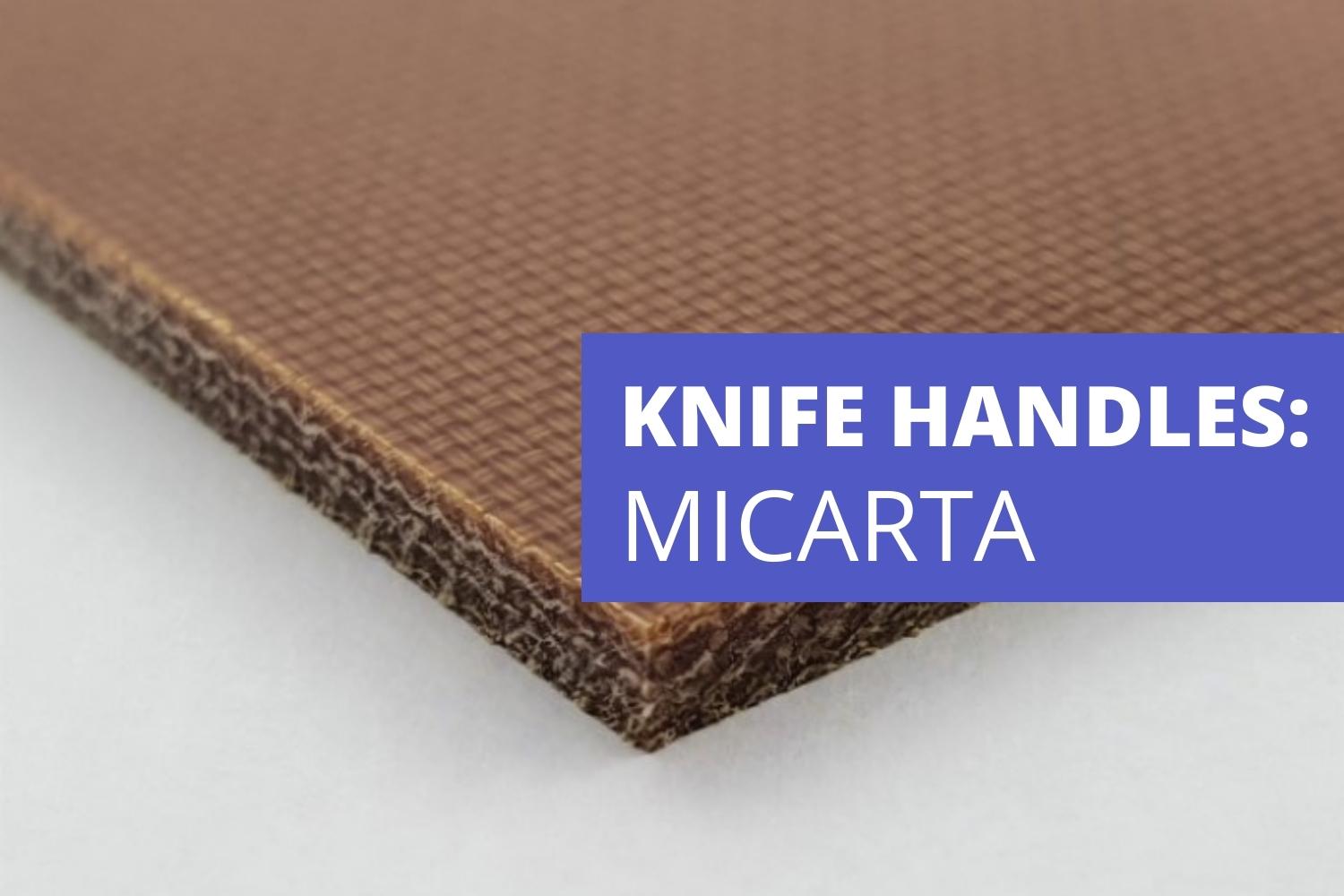If you are new to knife use or collecting, you might think that the knife handle is not an essential factor to consider when purchasing. A common misconception. The handle material is as necessary as its blade for a knife's overall performance and usage. Whether hunting, fishing, cutting, or kitchen knife, the handle is not just an accessory or aesthetic.
There are various materials to consider for the kitchen knife handle. Some of those are natural materials such as bones and wood handles. It could also be some synthetic materials such as carbon fibers, Micarta, and G10. And of course, the metal, such as aluminium, titanium, and most common stainless steel.
You might be overwhelmed by the choices available. Therefore, it's best to understand the advantages and disadvantages of each kind.
Stainless Steel is a popular knife handle choice. Making the handle out of the same material as the knives cladding creates a rigid design with very little weak areas. Popular knife manufacturers like Global and Furï prefer steel handles to create a pleasant aesthetic, and robust design.
Pros:
- The stainless steel kitchen knife handle is known for its anti-corrosion properties, making it durable and resistant to impact.
- Stainless steel varies in its content. The higher the chromium content of the material, the higher its corrosion resistance, thus the softer the metal becomes.
- Another Pros is its aesthetic which is why a lot of collectors choose metal handles. It lends a somewhat industrial, sleek, and modern flair.
- Komin Yamada, a famous industrial designer known for his iconic knife under the Global Brand, uses steel in his G-58 Chef Knife, GS-3 all-purpose steel knife, and G-77 Japanese Chef's Knife.
Cons:
- One disadvantage when choosing a steel handle knife is its weight or heaviness, especially for utility or kitchen knives. The weighted handle brings the balance of the knife back toward the heel, which doesn't suit particular cutting techniques.
- Another would be its grip and texture. Steel handles are prone to slipping due to their smooth surface. A kitchen knife with a steel handle is also prone to accidental cuts. Therefore, manufacturers typically produce steel handles with etching, carving, or a combination of rubber lining and cover to improve grip performance.
- The feel of steel can also be a turn off when choosing a knife. due to its higher weight, steel handles tend to be more slender which can feel uncomfortable for some users.




